26 New Unesco World Heritage Sites Added In 2012 [SLIDESHOW]
The birthplace of Jesus, the site of Xanadu, the iconic landscape of Rio de Janeiro and a ninth-century mosque are among new additions to Unesco's renowned World Heritage List.
In 40 years' time, United Nations Economic, Scientific and Cutural Organization's World Heritage Center has anointed nearly 1,000 sites around the world with a thick blanket of protection.
The idea to create an international movement to protect the world's cultural and natural wonders emerged after World War I and was further inspired by the rescue of the 13th-century B.C. Egyptian temples of Abu Simbel in 1954. After Cairo announced plans to build a dam that would flood them, Unesco launched a campaign to relocate the temples, brick by brick.
The effort spawned a series of other conservation projects across the globe, and Unesco ultimately formed the World Heritage Center in 1972 with the adoption of the Convention Concerning the Protection of World Cultural and Natural Heritage. The first sites -- such as the Galapagos Islands, Yellowstone National Park and the city of Quito, Ecuador -- were inscribed on the World Heritage List in 1978. Since then, the Great Barrier Reef, Great Wall of China, and Great Pyramid of Giza, among 936 others, were stamped with the Unesco seal of approval and World Heritage status became a global brand.
The World Heritage Committee bumped that number to 962 in 2012 with 26 new sites. Twenty of the new additions were listed for their cultural heritage, five for natural, and one, the Rock Islands Southern Lagoon of Palau, was added as a mixed natural and cultural site.
Palau along with Chad, Congo and Palestine had World Heritage sites inscribed on the list for the first time, though the latter was shrouded in controversy.
These man-made and natural wonders are considered to be of outstanding universal value, a quality that transcends borders, politics, and economics. Once added to the prestigious World Heritage List, the sites are, theoretically, placed beyond the reach of developers, looters, or polluters. Many go on to become the next travel hot spots.
Press Start and have a look at this year's additions to the Unesco World Heritage List or click here to learn more.
READ ALSO:

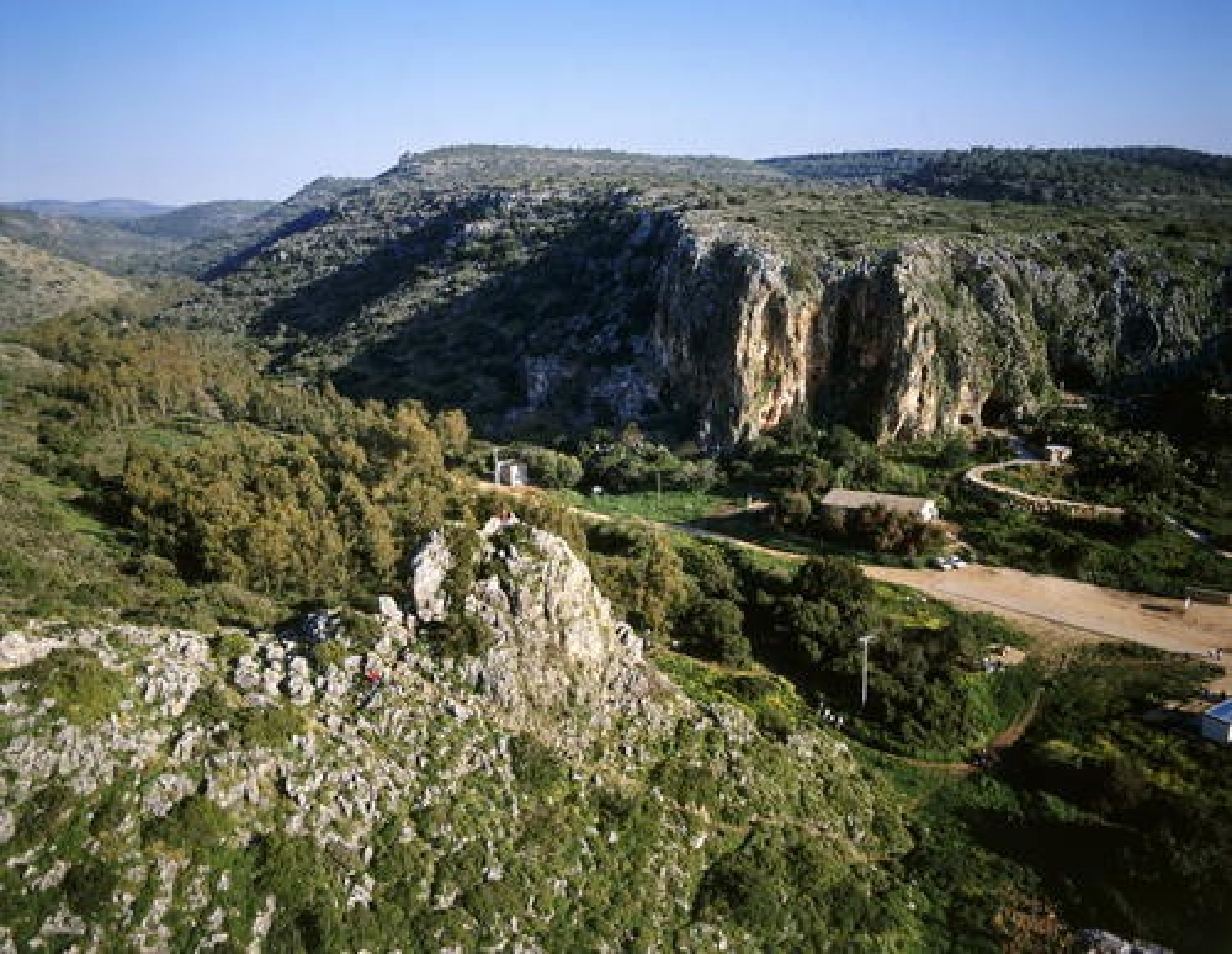






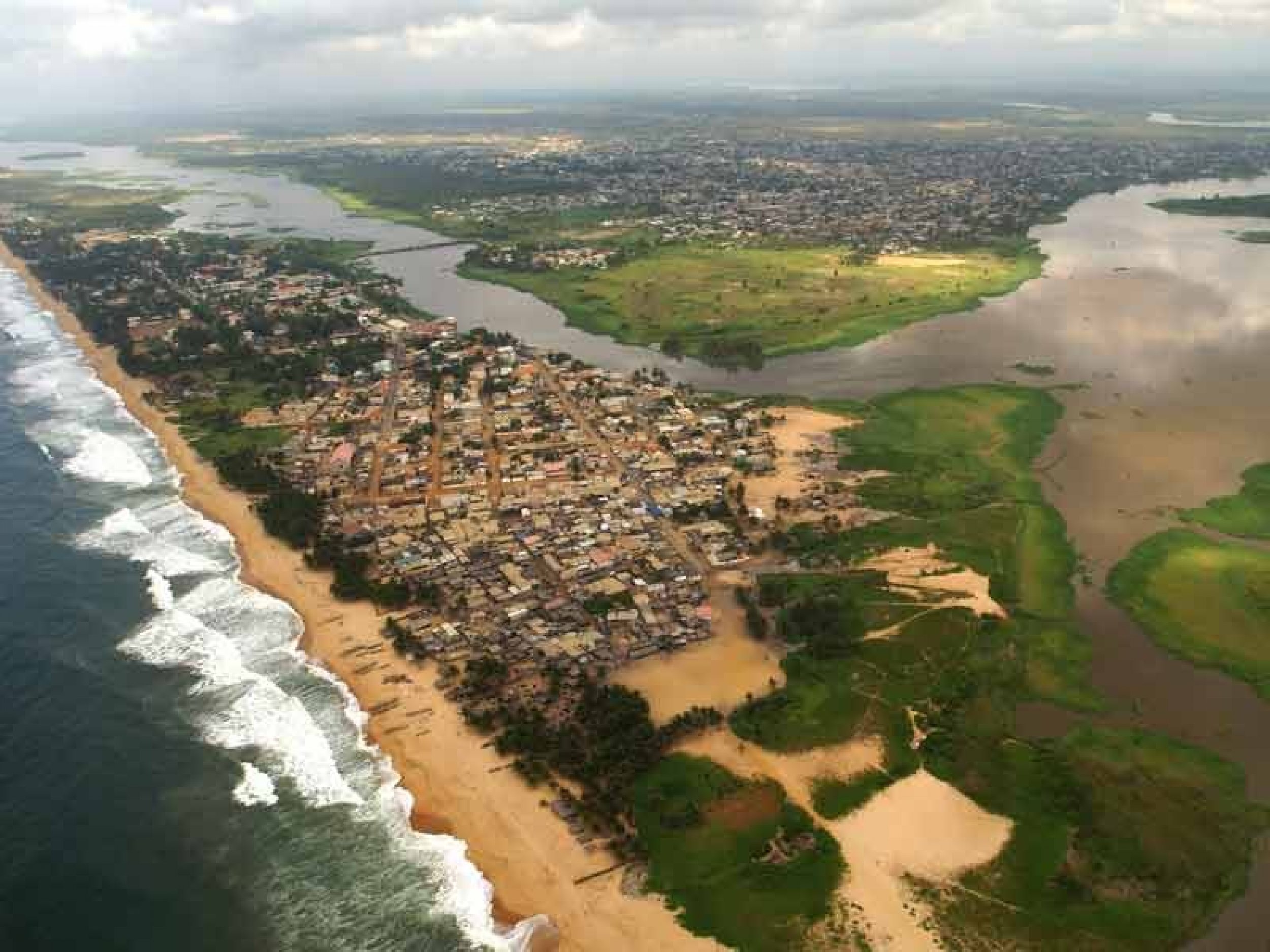
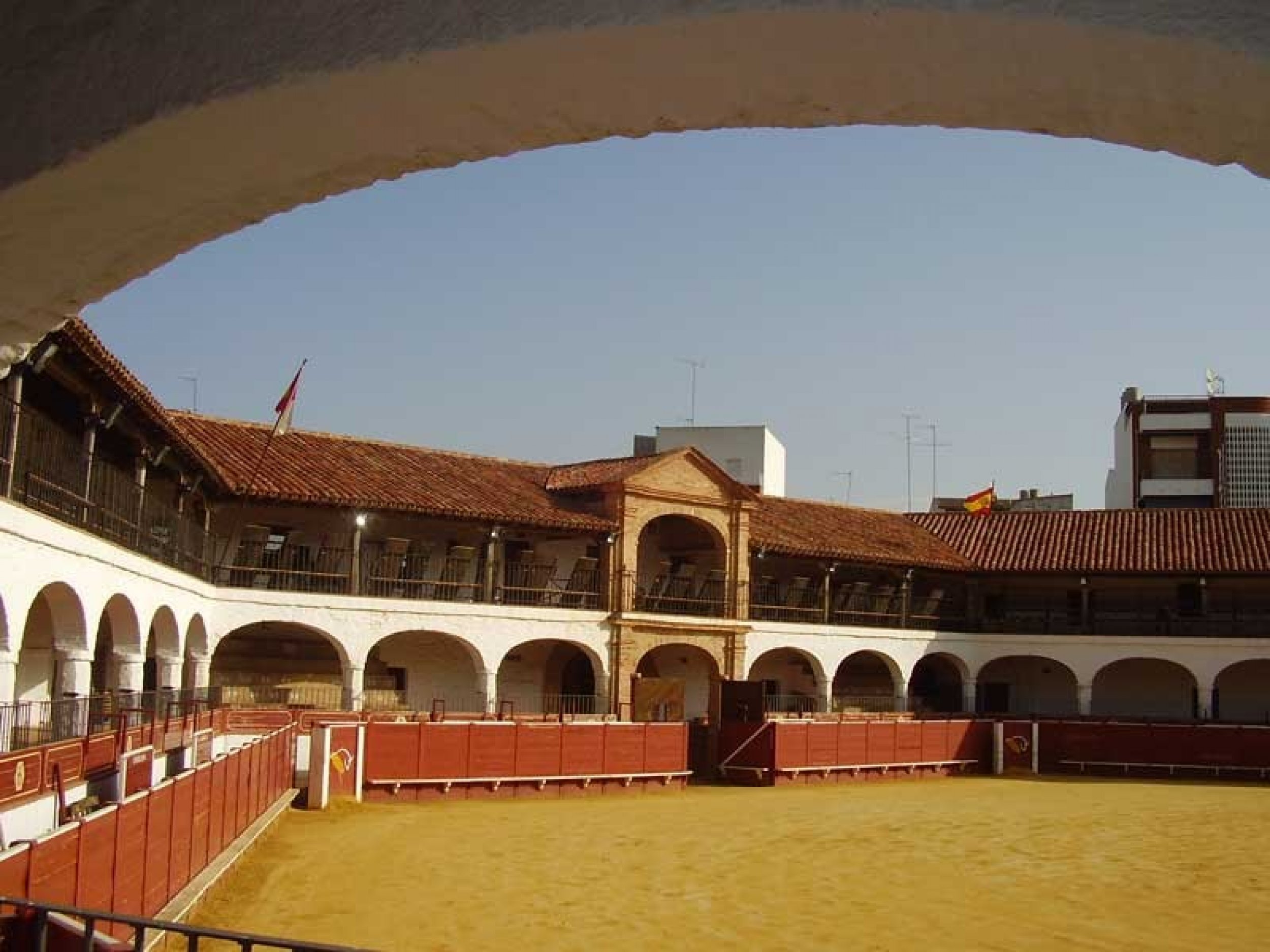
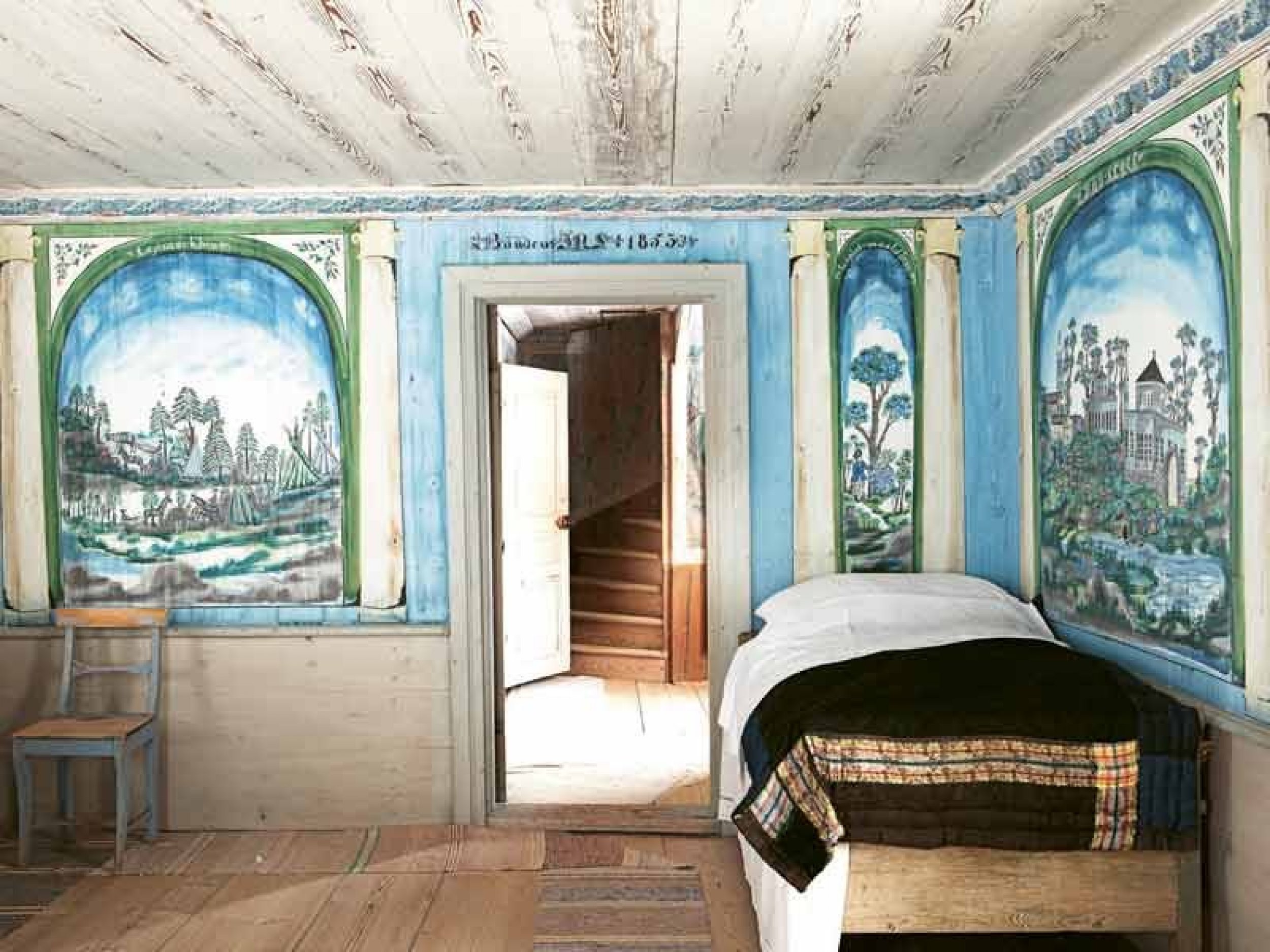
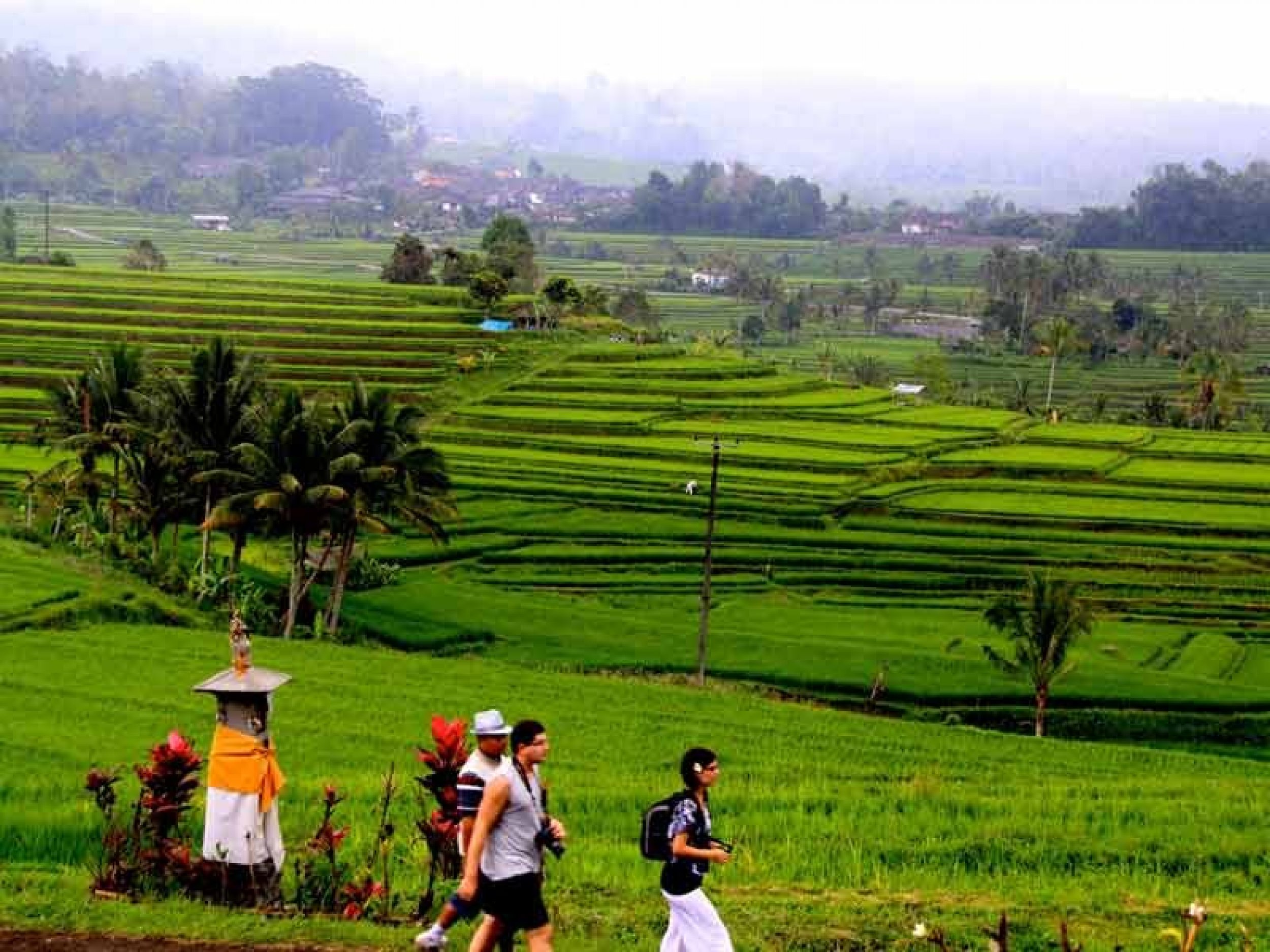

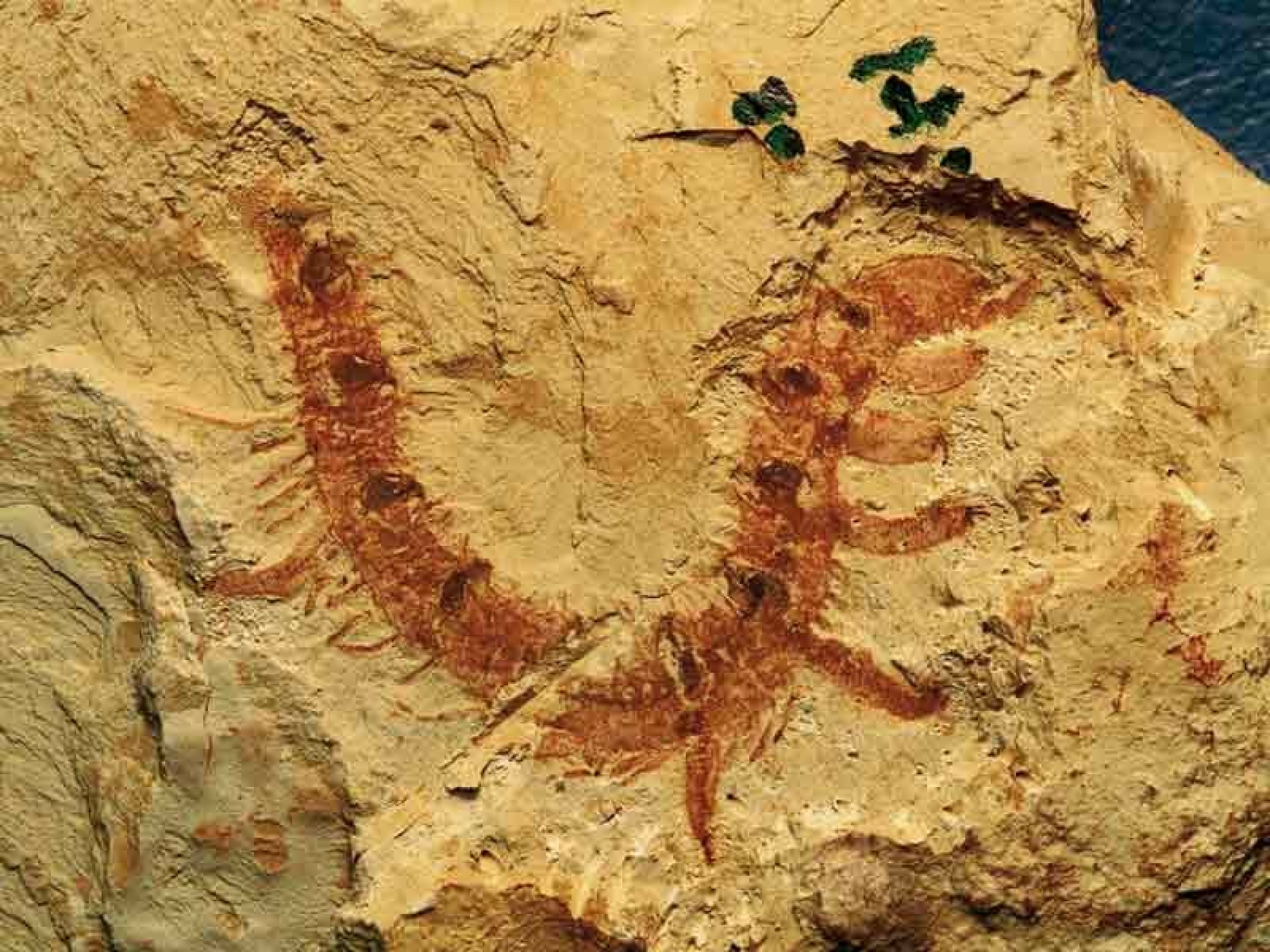
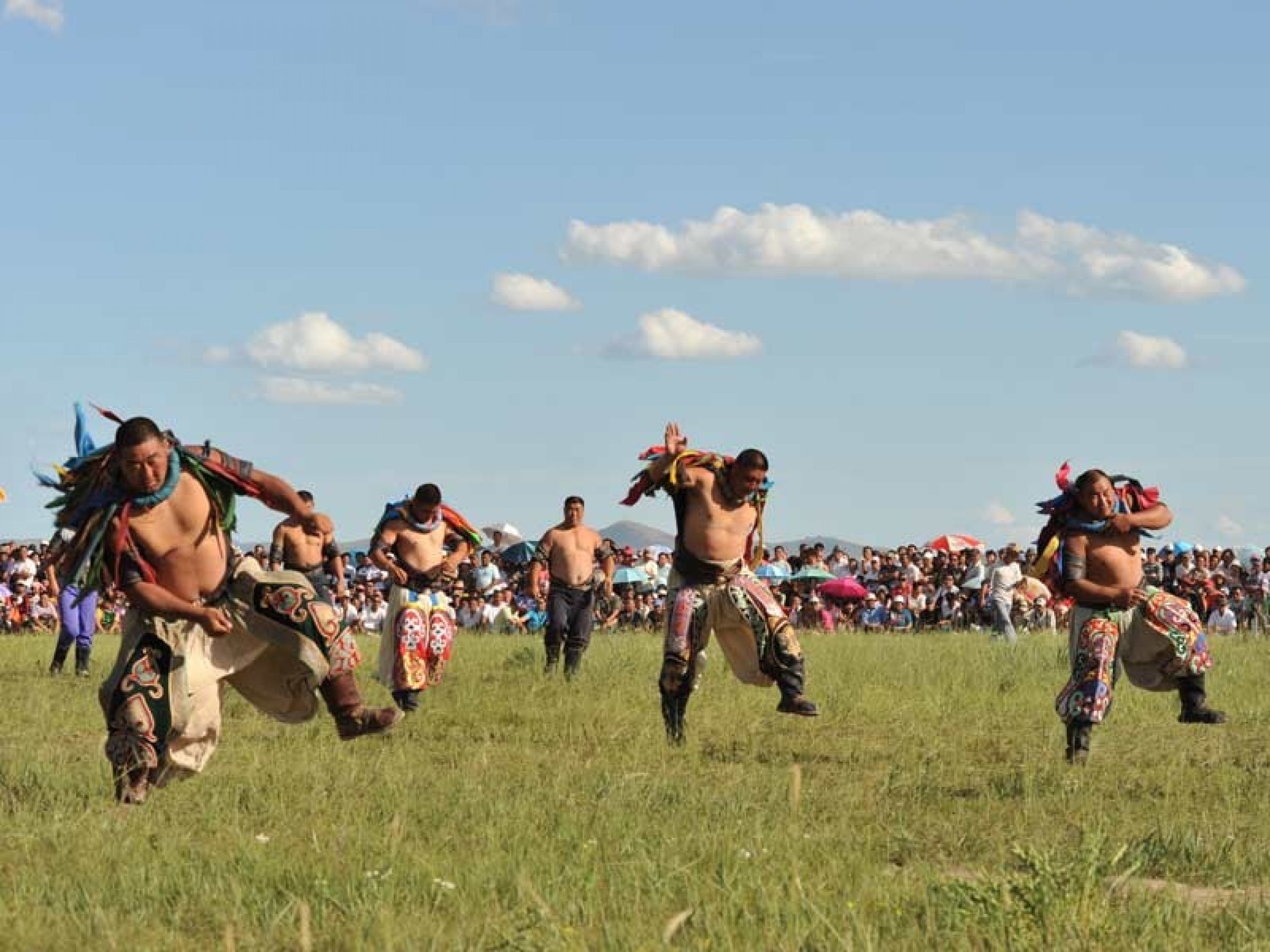

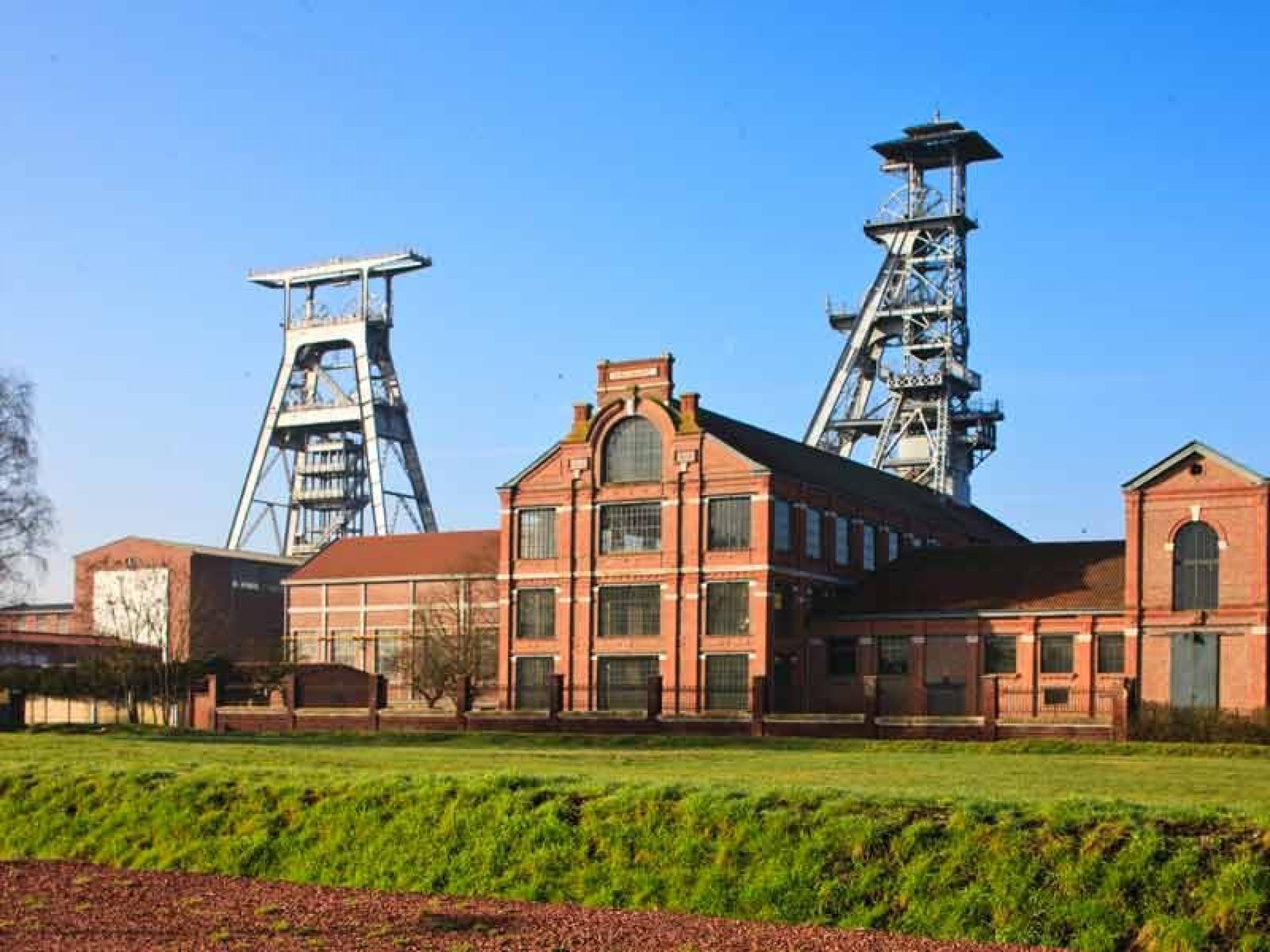
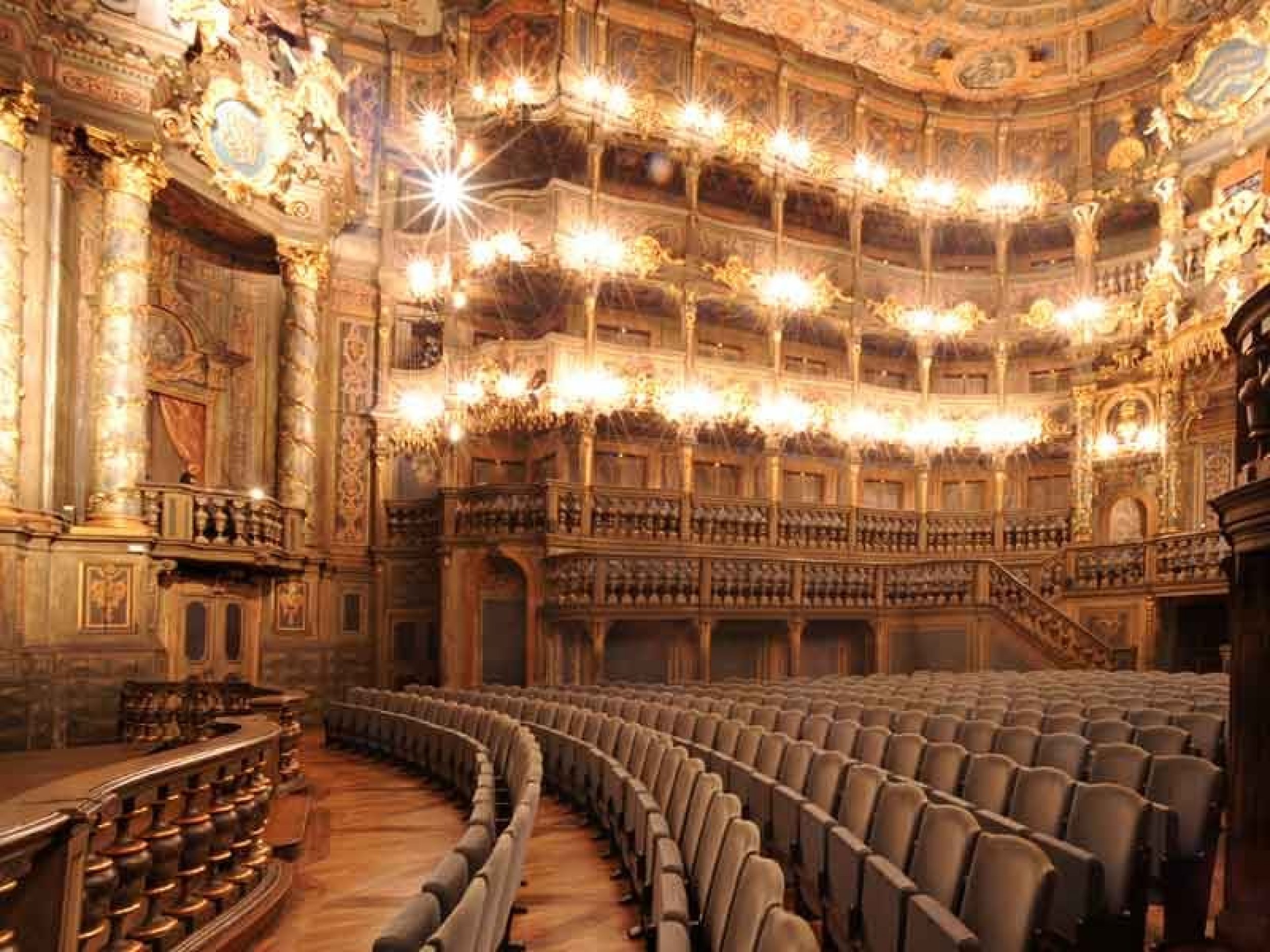
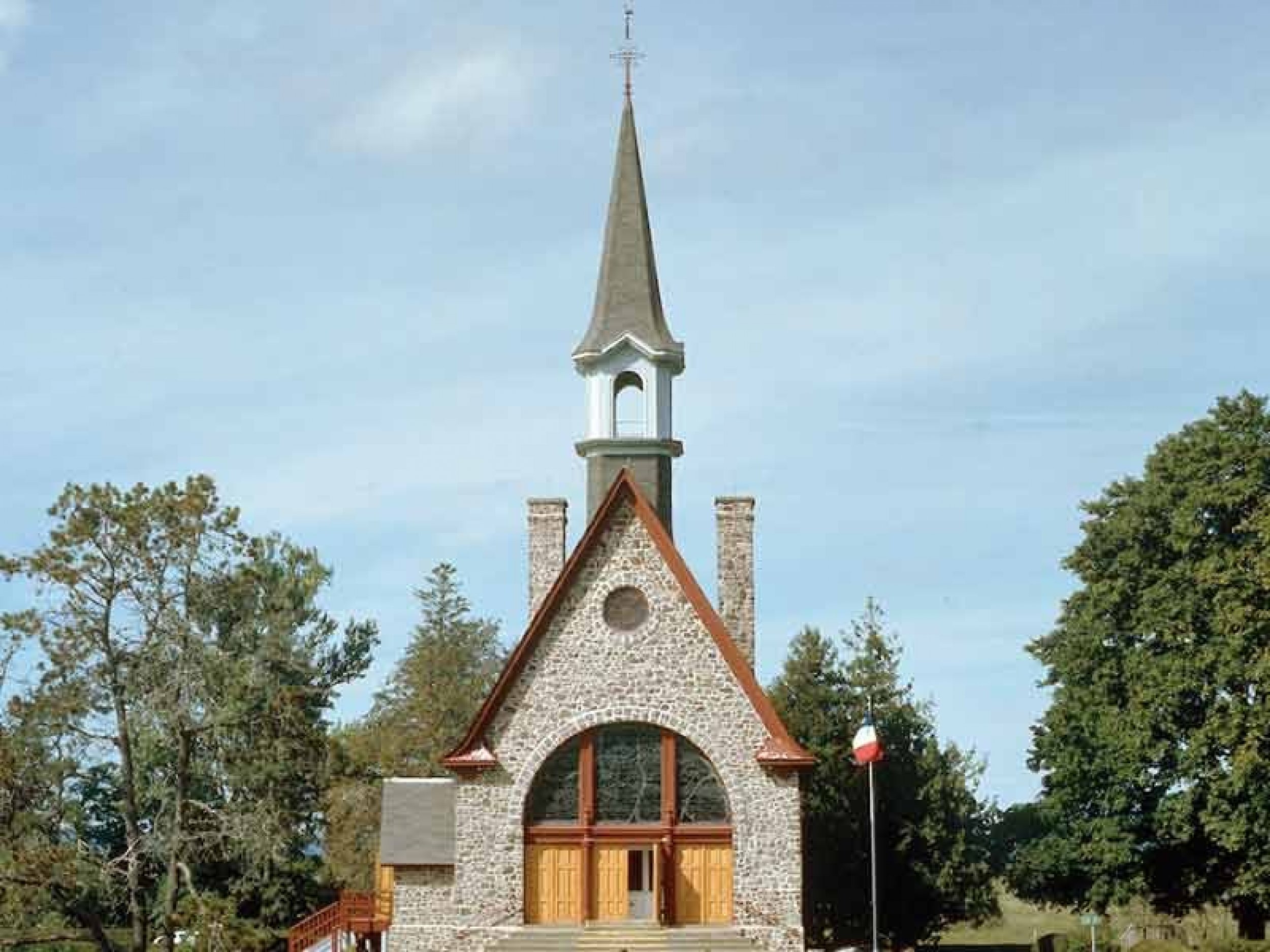
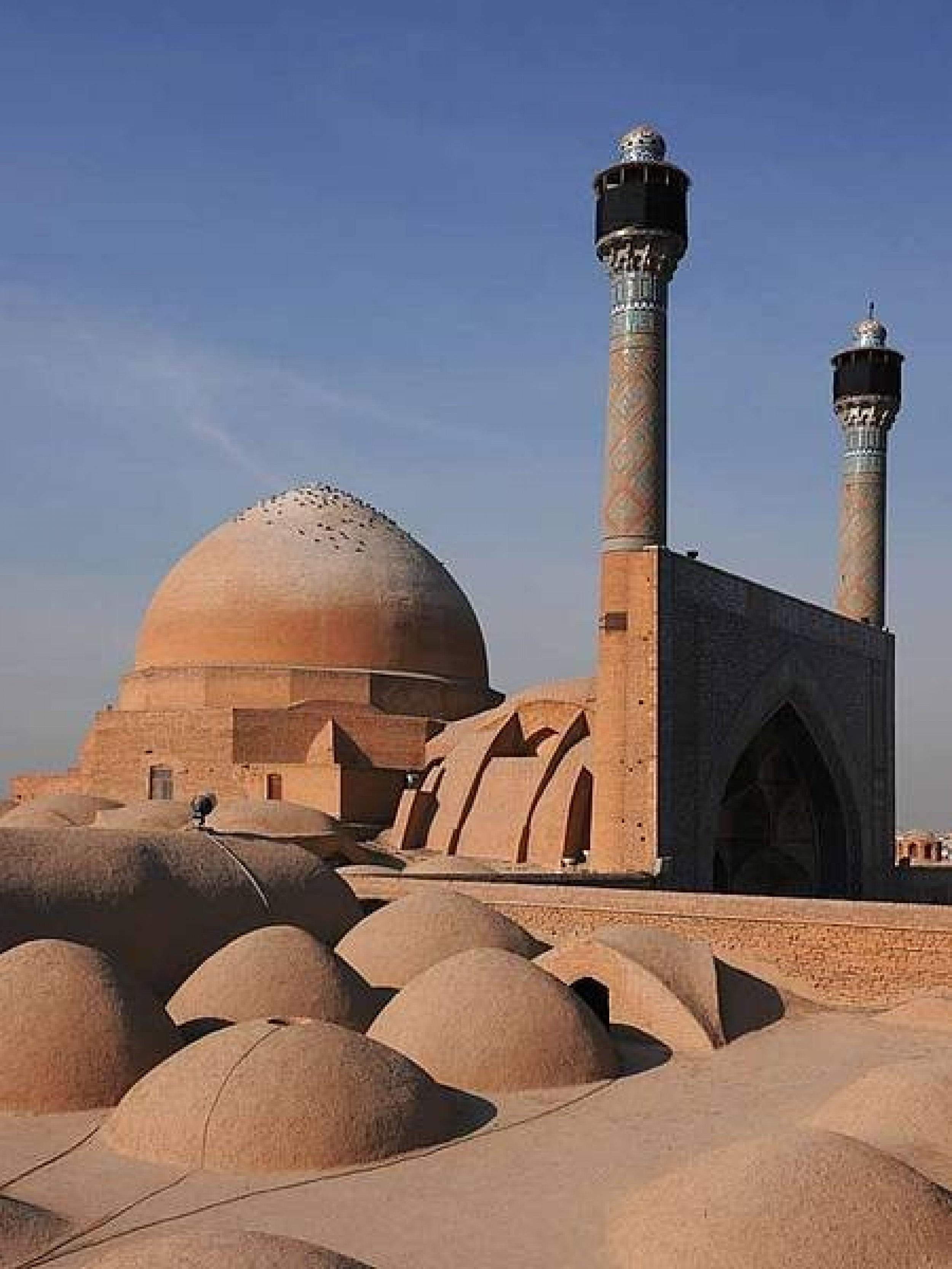
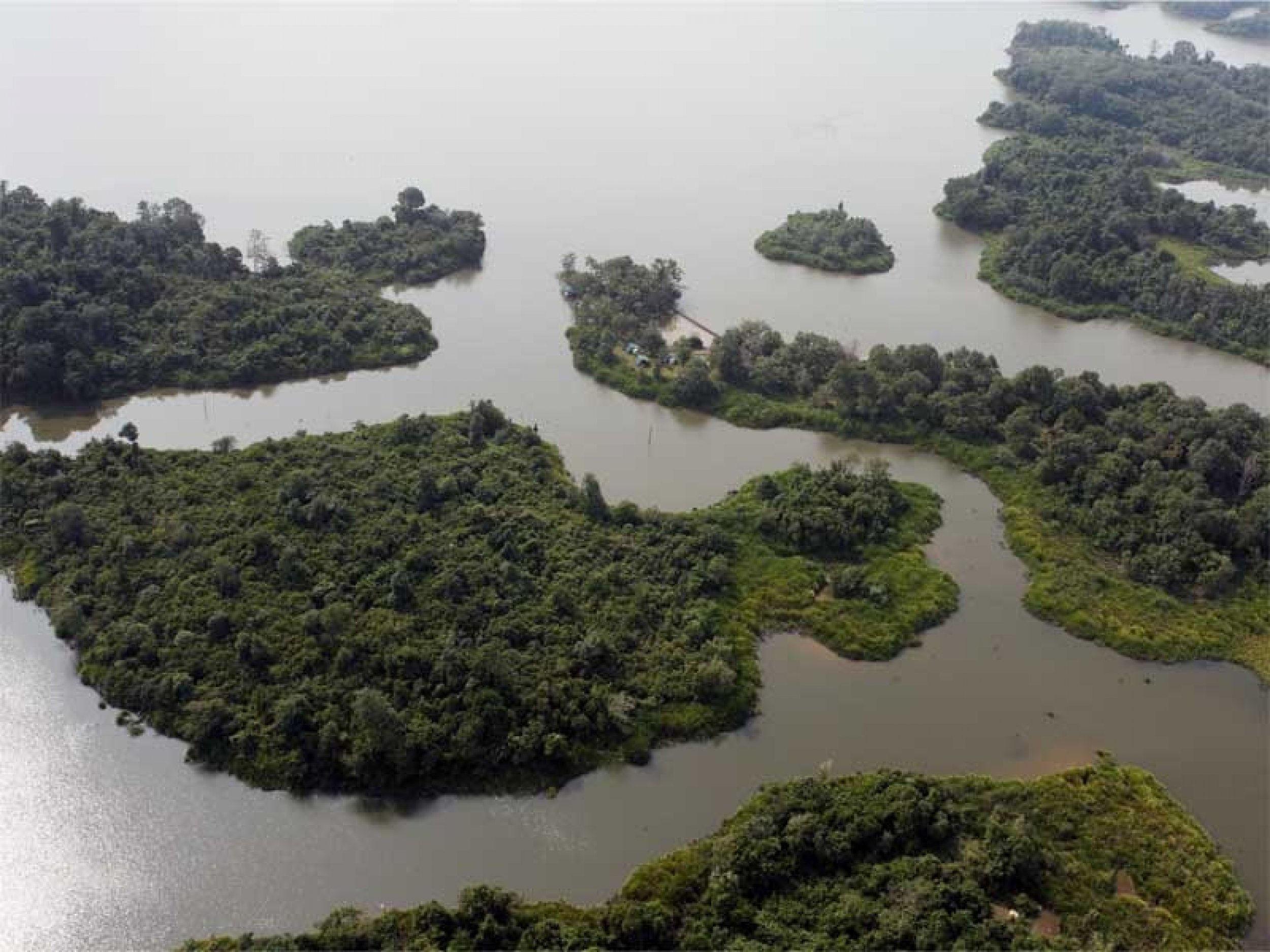
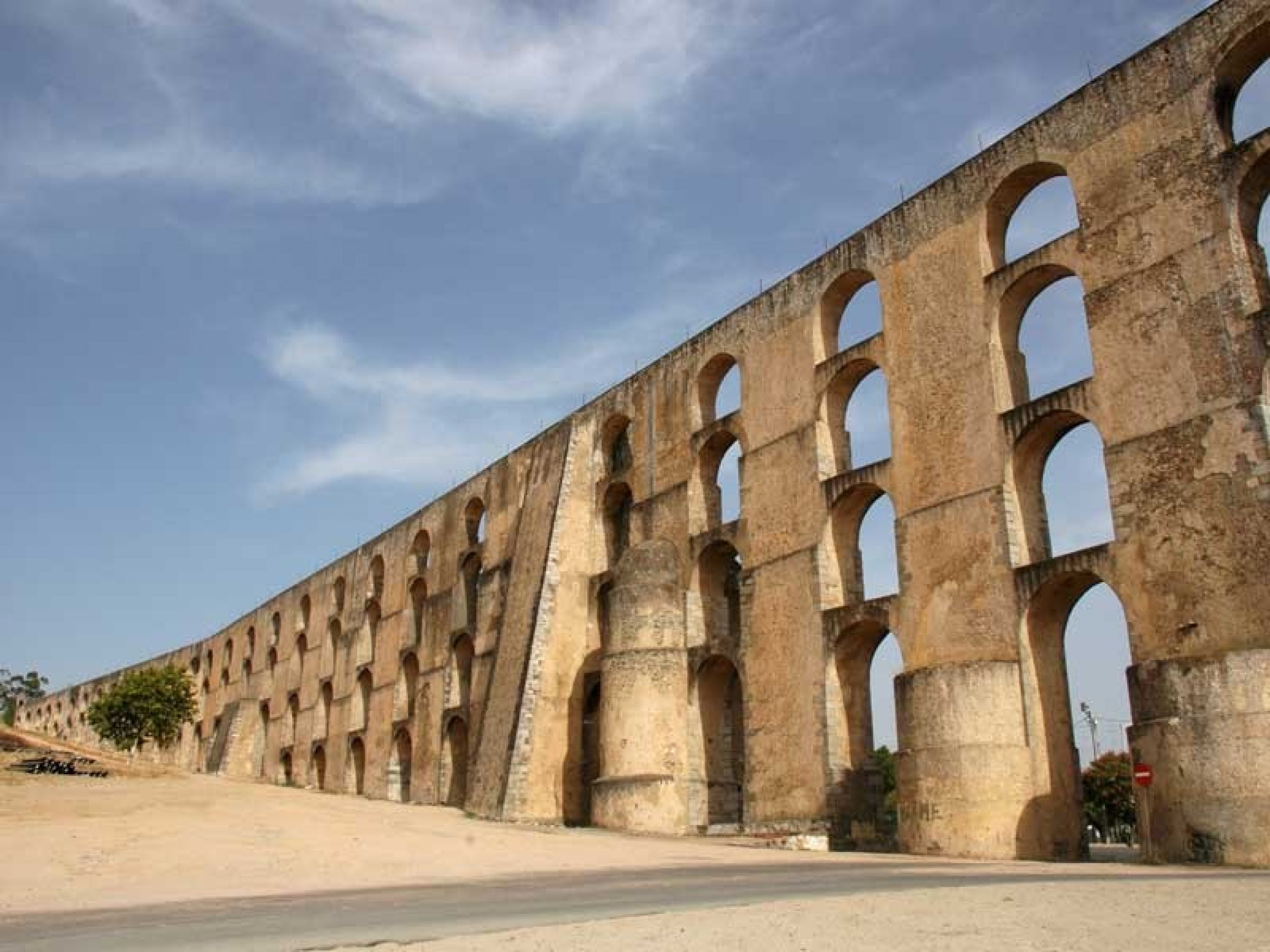

© Copyright IBTimes 2024. All rights reserved.






















